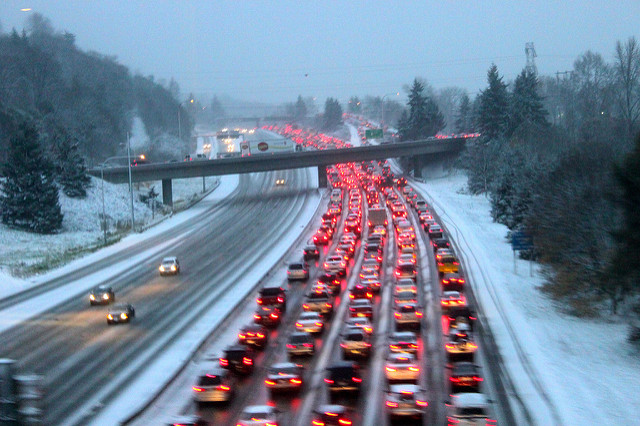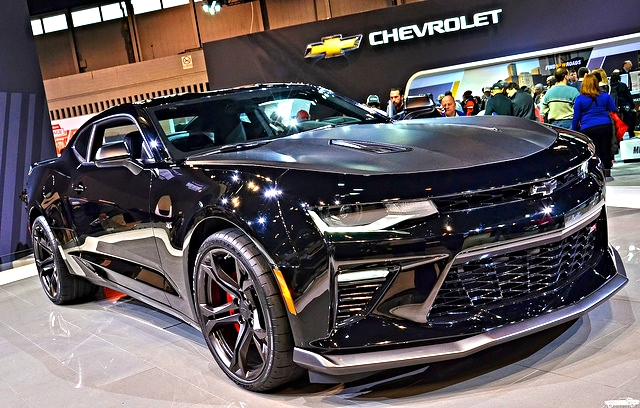As exciting as Oberon season is for Michigan residents, some people might need to consider cutting back, especially if they plan on driving. According to a study by the Center for Disease Control and Prevention, people who live in the Midwest region are most likely to drive drunk. An estimated 30% of drivers in the Midwest admitted to driving while inebriated. The three leading Midwest states are Nebraska, North Dakota, with Wisconsin and Iowa tied for third. Though Michigan ranks near the bottom of the region, the rate of self-reported alcohol-impaired driving episodes is still a whopping 497 per 1,000 people. Therefore, Michiganders should keep the beer at the lake and the tailgate, and make other driving arrangements if they find themselves drinking before getting behind the wheel.
Following the Midwest in the study is the Western region, with an estimated 20% of driving respondents admitting to driving while intoxicated. The Northeast region comes in at the lowest with about 11.3% of admitted drunk drivers. If Boston sports fans can pull themselves together and make the responsible decision to not drink and drive, we Detroiters need to step up our game!
The drunk driving study goes on to reveal that the majority of those drivers who admit to driving drunk are between the ages of 21 to 34. Another factor in the study was the number of binge-drinking episodes a person had undergone. Binge-drinkers admitted to drinking four alcoholic beverages a month, accounting for 85% of alcohol-impaired episodes. This is an alarming number, especially when taking into account the risk for severe injury or fatality from being involved in a motor vehicle accident where drunk driving was the cause.
Simply having just two drinks can affect a person's judgment. The CDC states that having a blood alcohol content of 0.2% can affect anyone's ability to perform two tasks at the same time, as well as cause a change in mood and a decline in visual functions. Having three drinks can affect muscle control, reduce coordination, lower alertness, and a release of inhibition. All the more reason to just stay sober if one plans on driving home.
The important distinction to make here is that driving after any amount of drinking is not a good idea. Most of the public doesn't consider buzzed driving to be drunk driving due to their belief that a few drinks doesn’t impair their judgement. These people do not realize that it only takes one drink to impair a person’s ability to drive. The CDC's drunk driving study has highlighted the gap of misinformation and lack of education the public has when it comes to drunk driving. With 28 people dying every day from intoxicated drivers, police officials and communities are informing people about the serious consequences for alcohol related car accidents on the road.
Michigan has a lot to be proud of, but being a member of the most-likely-to-drive-drunk region is definitely not an honor. If a person plans to drink, they should take safety precautions beforehand to help reduce the number of drunk drivers in the Great Lakes State. Calling a taxi or an Uber, or taking turns among friends to be the designated sober driver are some safe driving methods to lessen the number of drunk driving car crashes. Tigers fans may have to duck out after the 7th inning, but at least everyone can count out causing a drunk driving accident on the way home.
Buzzed driving is drunk driving. The best practice to avoid getting a DUI and to avoid being involved in a drunk driving car crash, is to avoid driving even after consuming just one drink. If you have been drinking, have a designated driver ready, take public transportation, or call for an Uber or a friend, to avoid any fatal drunk driving accidents. If you or somebody you know has been the victim of a drunk driving crash, call The Michigan Law Firm, PLLC. Our firm is experienced in handling accidents caused by negligent drivers. Call us today, at 844.4MI.FIRM for a free consultation.










